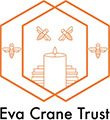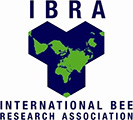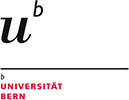Sulfoxaflor (SULF), a well-known alternative for the banned neonicotinoids, is not environmentally persistent, yet numerous studies using field-realistic levels have demonstrated its detrimental impact on honey bee colonies. Despite this, even just a limited number of studies have addressed its residue-level effects on the physiological and immunological biomarkers of foraging honey bees in semi-field conditions. In the present study, we determined the LT50 of sulfoxaflor (Closer™ 24% SC) on forager bees in the laboratory at concentrations that were 12 to 300,000-fold lower than the field-recommended concentration. Following that, we exposed bee colonies in a semi-field in-hive experiment for 21 days to a concentration that is 600,000-fold lower than the field-recommended concentration to assess potential effects on the physiological state of honey bee foragers. To do that, a total of six colonies were treated with Closer™ (0.3 µg a.i./L) or control treatment, and the activities of acetylcholinesterase (AChE), glucose oxidase (GOX), and carboxylesterase (CaEs) in head tissues and invertase (IV), alkaline phosphatase (ALP), and glutathione-S-transferase (GST) in the midgut tissues of forager bees were assessed at 5-, 10-, 15-, and 20-day post-exposure. The LT50 results for the least and greatest concentrations of Closer™ were 0.37 and 74.3 h, respectively. Furthermore, all measured physiological and immunological biomarkers were negatively impacted in the chronic exposure to 0.3 µg a.i./L concentration of Closer™. This data demonstrated the importance of reviewing the risk assessment of various sulfoxaflor formulations on bees and rephrasing the legislation that governs how beekeepers deal with sulfoxaflor-sprayed fields.
Chronic in‑hive exposure to a field‑relevant concentration of Closer™ SC (24% sulfoxaflor) insecticide altered immunological and physiological markers of honey bee foragers (Apis mellifera)
You are here:







